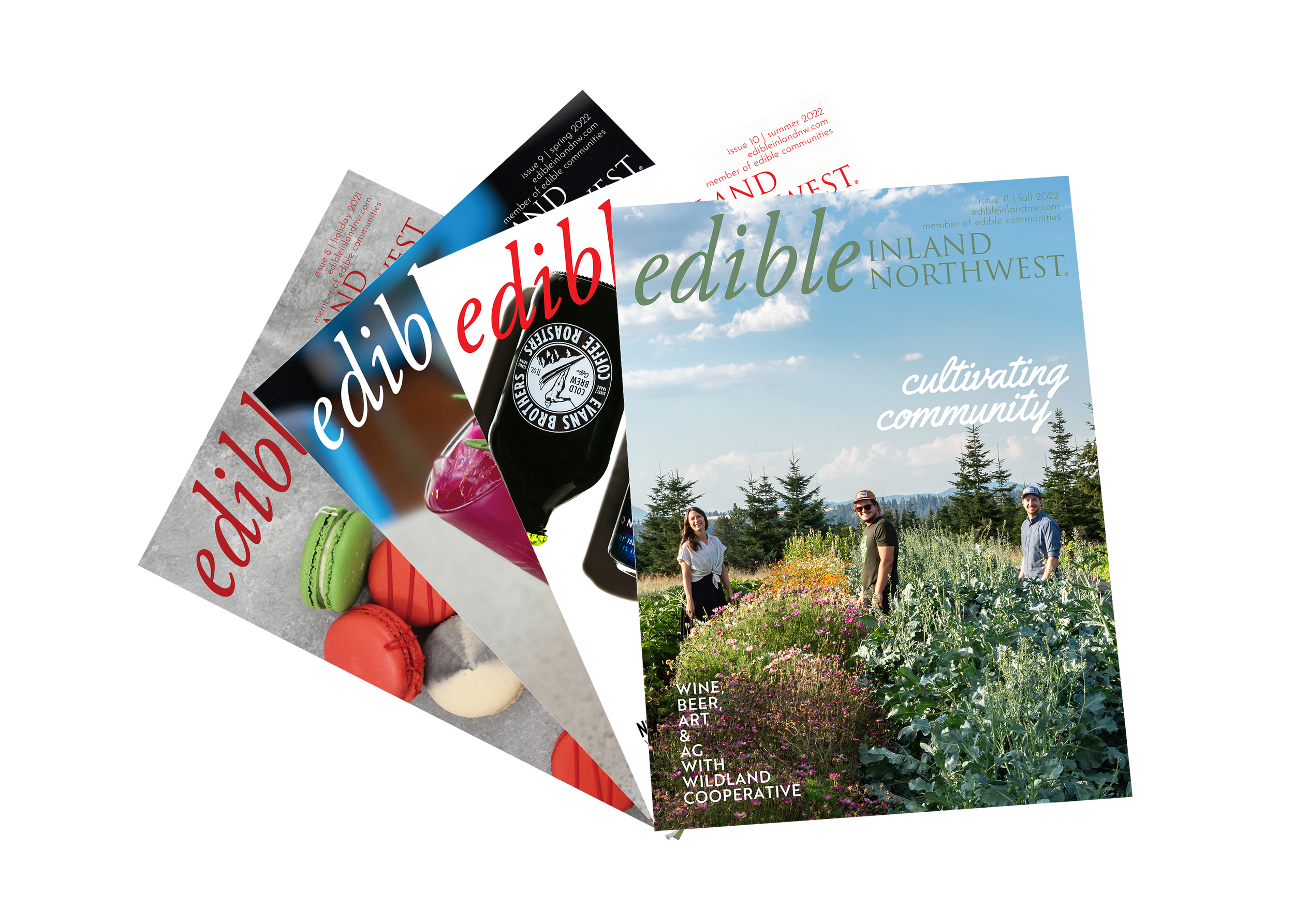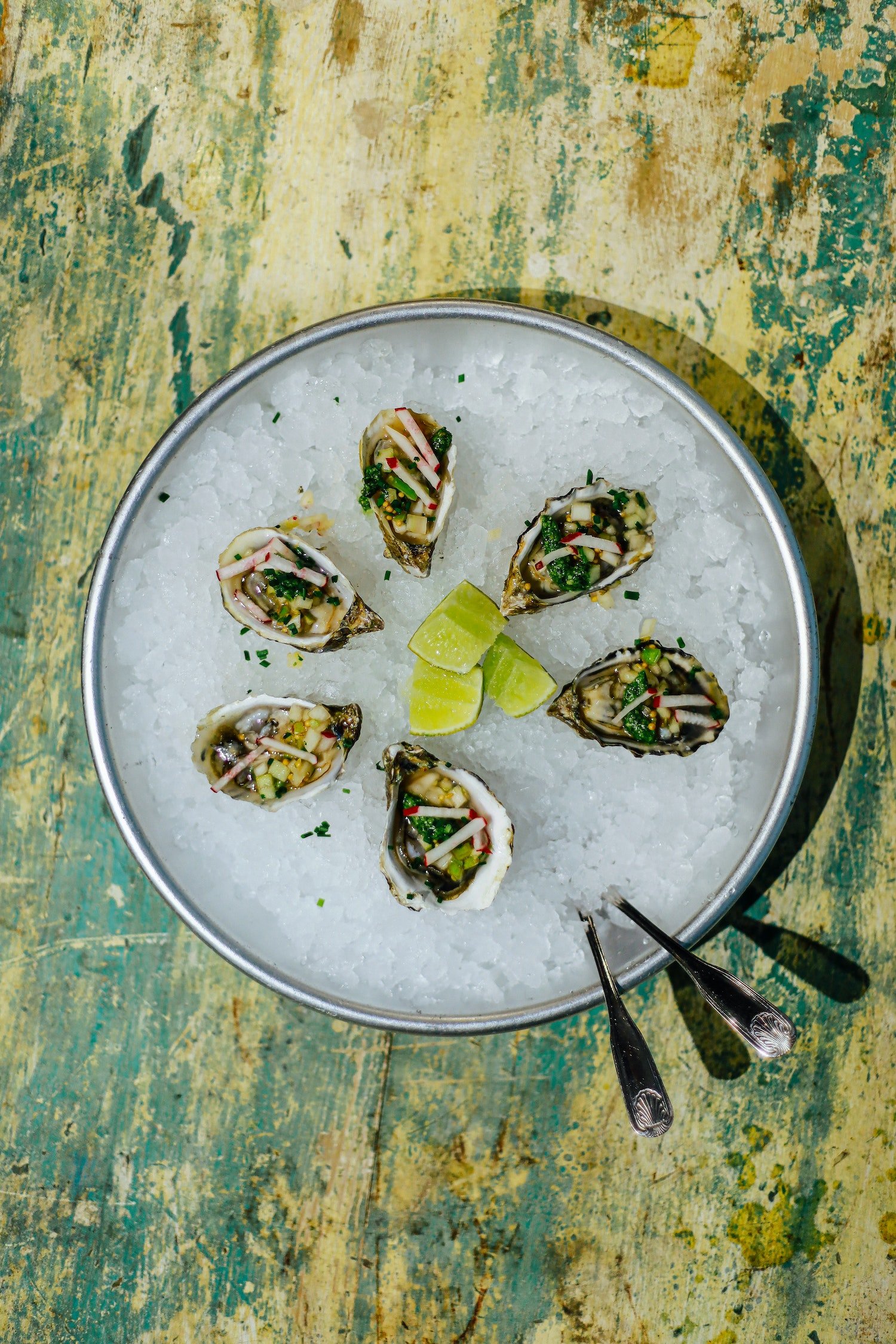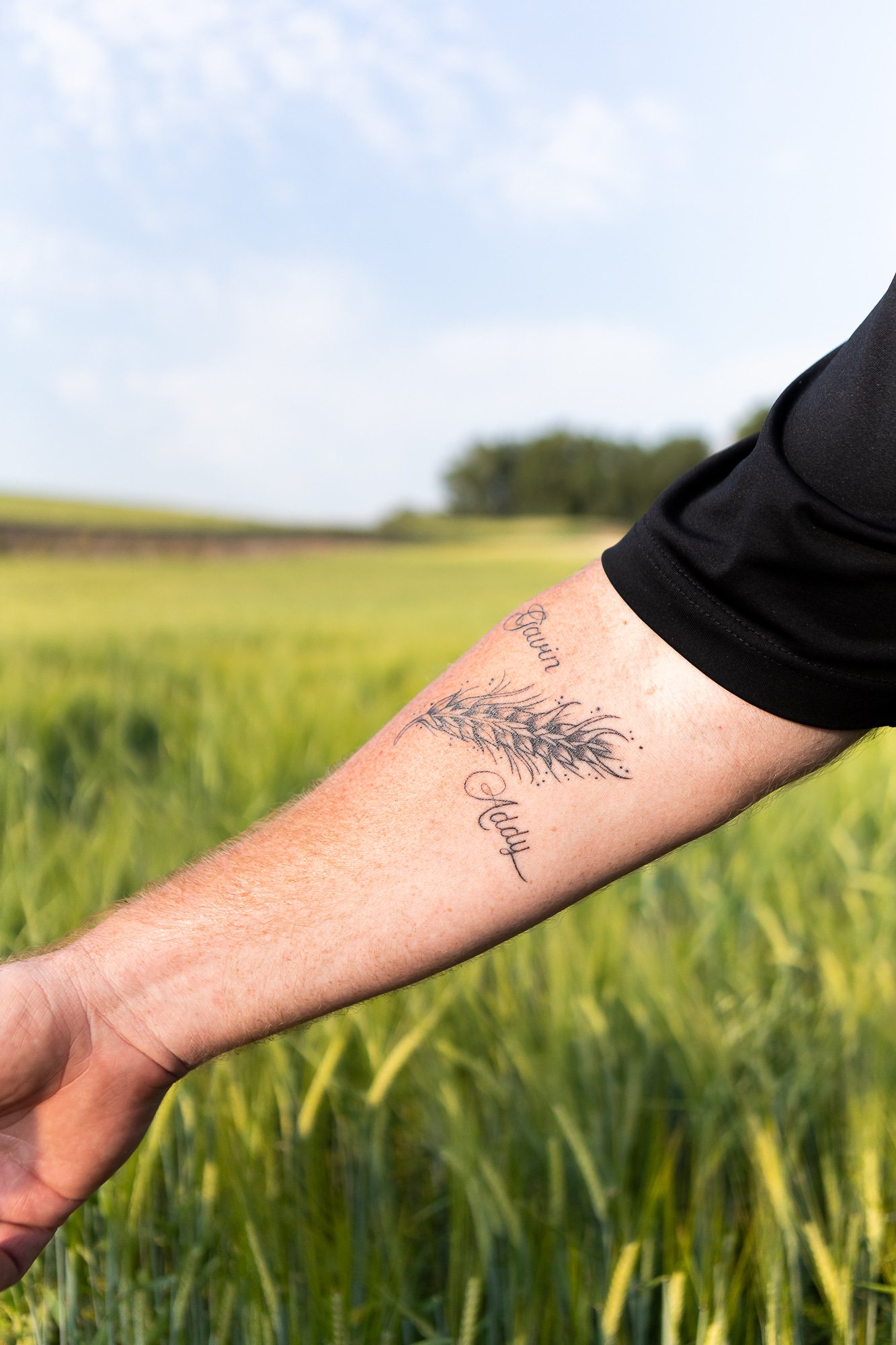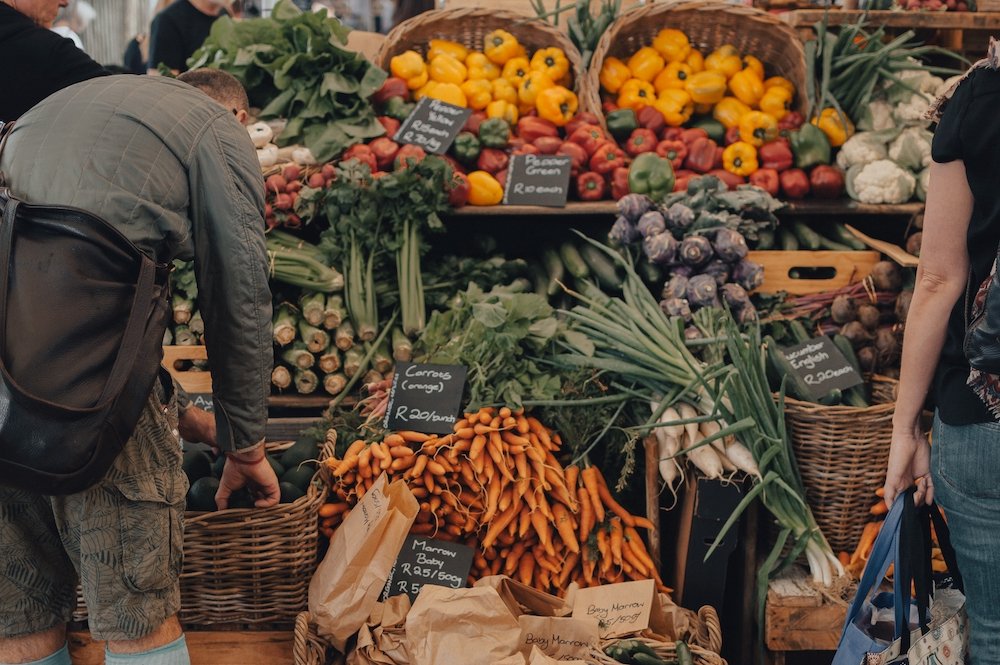5 Simple Ways: Growing Fruits, Veggies & Herbs at Home
5 Simple Ways: Growing Fruits, Veggies & Herbs at Home
BY MONIKA JACOBSONGrowing your own fruits and vegetables at home may feel intimidating. Perhaps you have a history of sad houseplants and swore off all things requiring a “green thumb,” or maybe you don’t have a yard.
I used to feel this way--I could barely keep a cactus alive years ago, but I've learned a great deal about gardening with some practice (and a little help).
Adding home-grown basil to your spaghetti marinara, biting into a fresh strawberry, and grilling up vegetables from your backyard can be rewarding and delicious experiences! By growing some of your own food, you are doing your part to spread some love to the planet and your belly.
To accomplish this, you will need well-draining pots or containers, high-quality potting soil, natural light, and a weather app to keep track of our regional temperature swings!
You can grow nearly anything in a pot – but here are five relatively easy ones to try at home:
Tomatoes
Fresh tomatoes truly are a treat! Cherry, grape, Roma, heirlooms of all shapes, sizes, and colors…there are thousands of tomato varieties to choose from.
Look for strong, healthy-looking starts at a local greenhouse or grow your own from seed. Tomatoes prefer lots of sun and warm weather. The biggest mistake people make with tomatoes is planting them too early. They don’t like cold or wind, so be patient and wait until temperatures range between 55 and 85 degrees.
They need well-draining soil and a support system. Tomato plants can get huge, even in containers, so using a cage or rod with zip-ties or twine works well to support their abundant fruit.
Herbs
Basil, thyme, oregano, rosemary, sage, cilantro, and parsley all grow very well in containers indoors or outdoors with warmer temperatures. They too need well-draining soil.
You can create a mini herb garden with a variety of these herbs and use them in your everyday cooking. Growing your own herbs saves you lots of money as most packaged fresh herbs are $1-$3/bunch in the grocery stores. When picked at their peak of freshness, the flavor will be unmatched and add a punch of flavor to your dishes (or cocktails).
Greens
Lettuce, kale, arugula, mustard greens, chard, and many other salad greens can be grown in a container outside.
You can pick your greens for a salad and let the new leaves grow back within a few days. It’s a never-ending salad supply!
Greens can be sown directly into well-draining soil in the spring after danger of frost. Lettuce greens thrive in partial shade, but they typically require a lot of water, especially in hot temperatures. I like to start greens in the spring and do a second planting later in the summer as we transition to the fall.
Peppers
Bell peppers, shishitos, jalapeños, banana peppers, and nearly all peppers will grow well in containers outdoors. Like tomatoes, they prefer warmer temperatures, so plant once the summer weather is more dependable.
Pepper plants don’t get as large as tomatoes, so they don’t require stabilization. Fresh peppers and tomatoes make the best summer pair! Chips and salsa, anyone?
Strawberries
Few things taste better than fresh-picked berries. A strawberry grown in Mexico just isn’t the same as a juicy red one right from your patio in early summer!
Strawberries need deeper containers, so they don’t get over-crowded. They are also perennial, so that you can have berries year to year. Strawberry plants love the sun but can dry out quickly, so be sure they get plenty of water in well-drained containers (notice a theme here?).
Growing strawberries in a container can prevent slugs and other pests from stealing your bounty. Sometimes birds like to eat the red fruit, so consider adding netting over your plants to avoid avian theft.


































